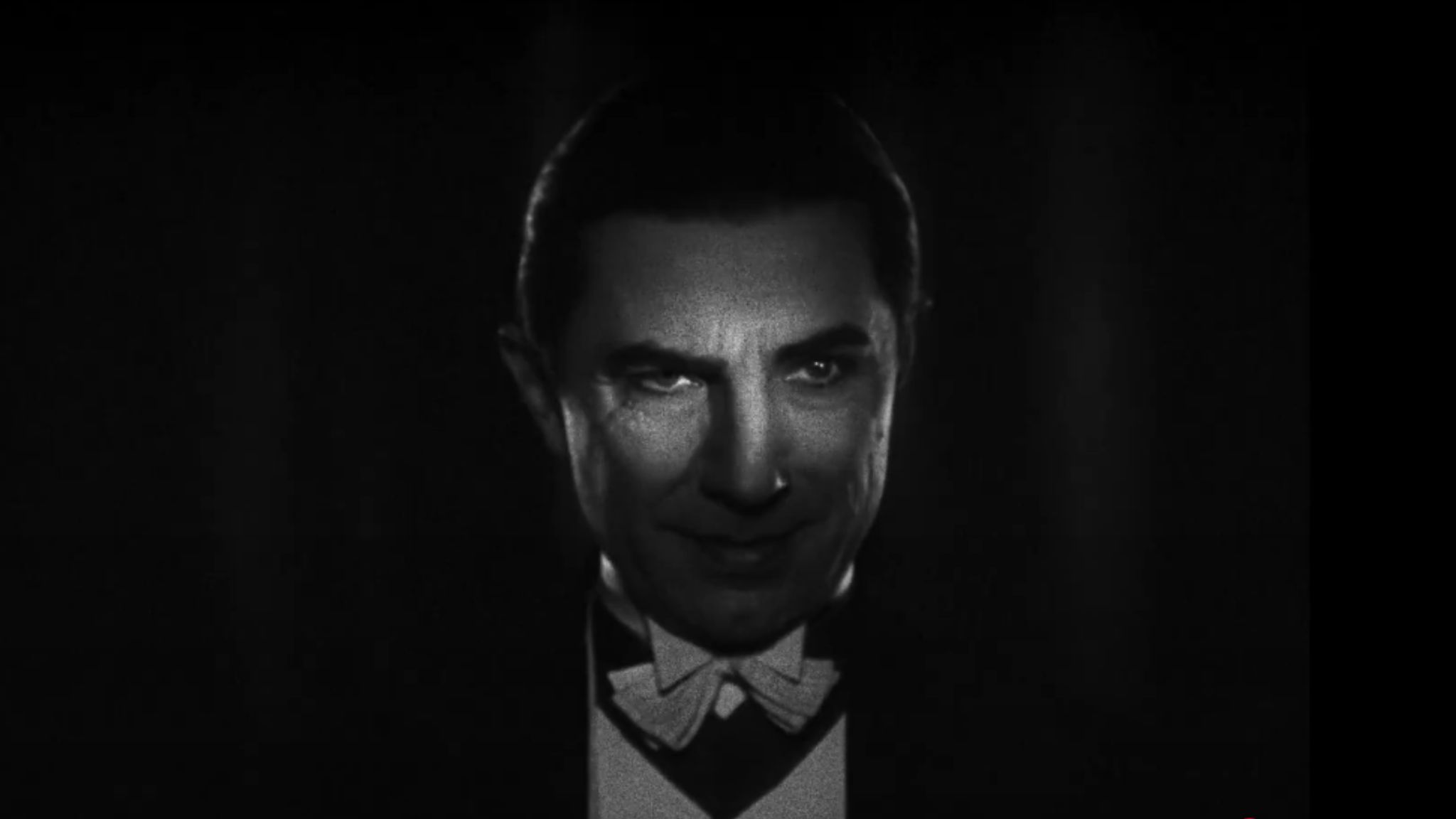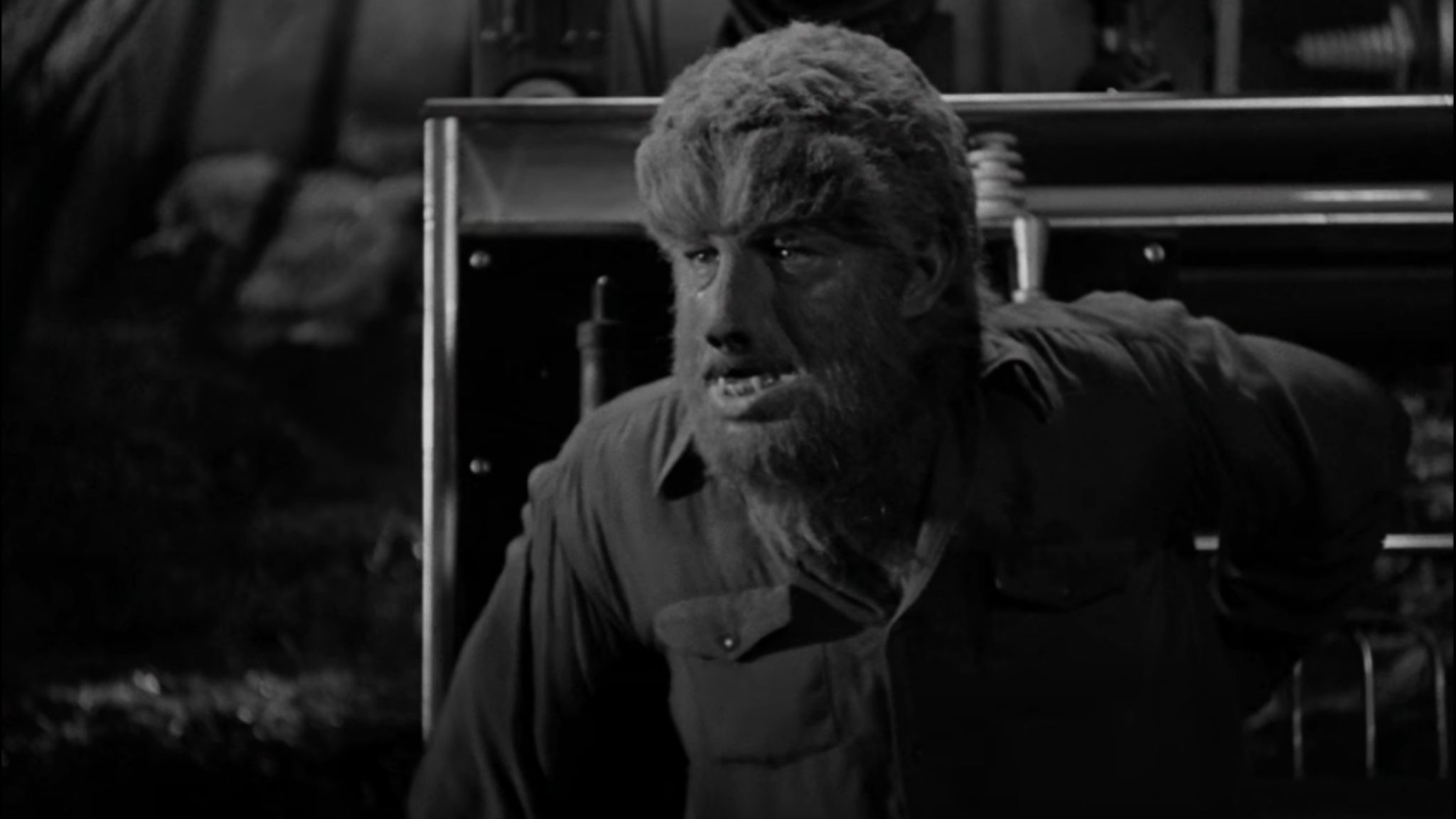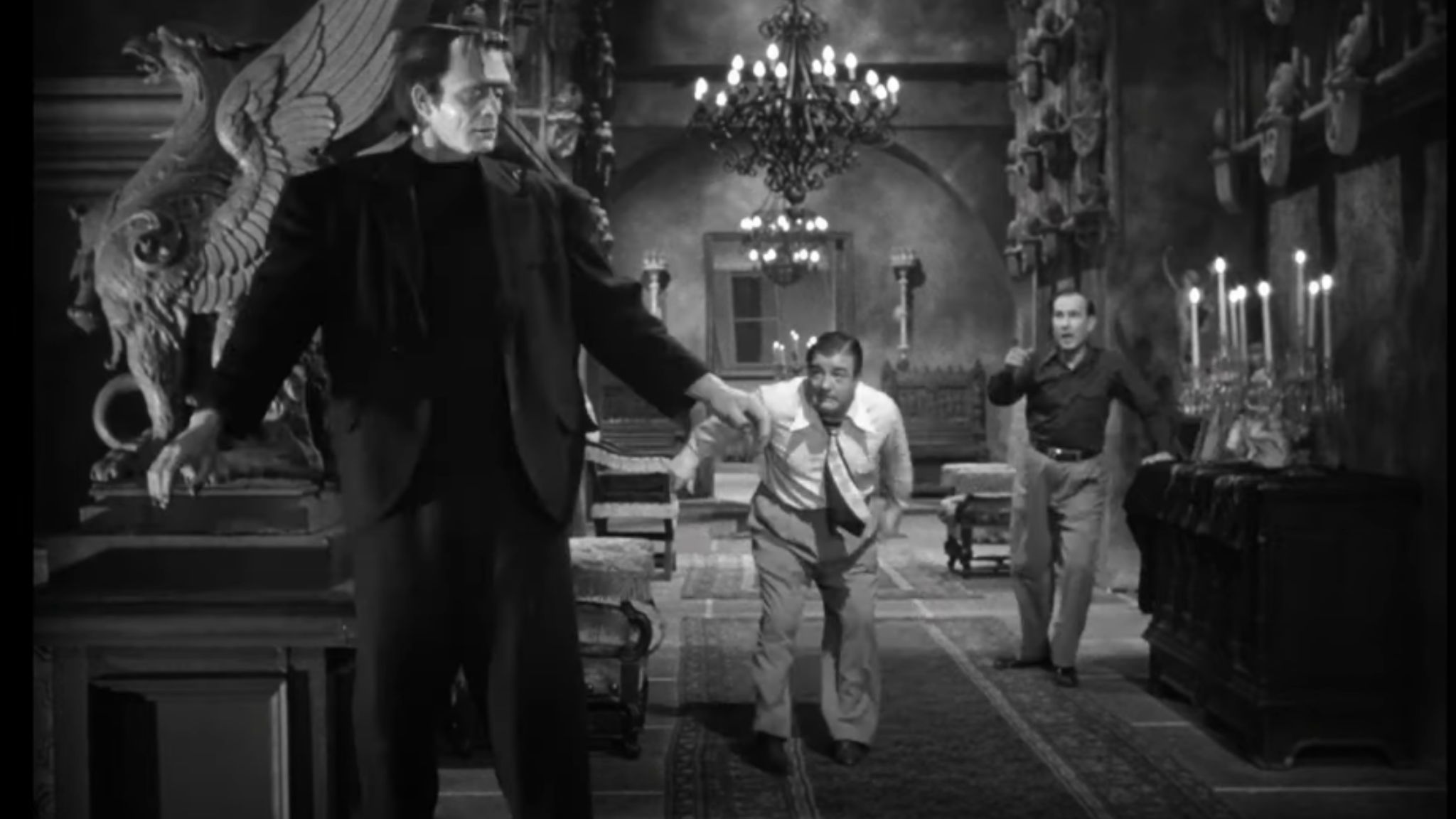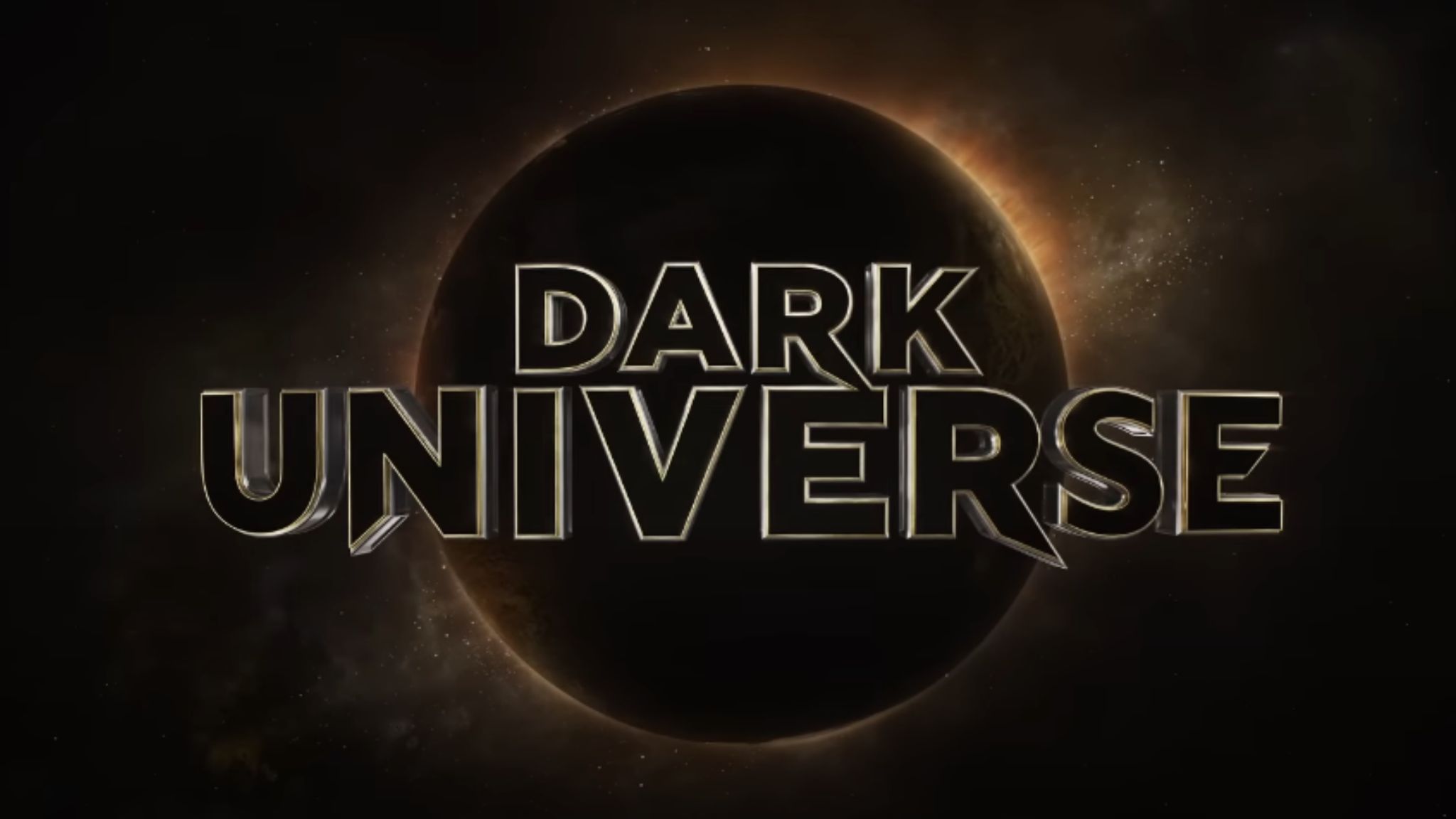
Currently, interconnected movie worlds are extremely popular. The Marvel Cinematic Universe stands out as the most thriving, boasting over 30 films and various TV series within its continually evolving narrative. Despite some difficulties, the DC Extended Universe (DCEU) has experienced a resurgence under the guidance of James Gunn and Peter Safran, now known as the DC Universe (DCU). Additionally, the Star Wars saga encompasses multiple sequels, prequels, spin-offs, and more. One of the reasons these shared cinematic universes are so engaging is because filmmakers subtly acknowledge storylines and characters from different entries in a creative manner. These series are filled with Easter eggs and references, making them incredibly enjoyable to revisit over and over again.
Although a linked collection of films like the “shared cinematic universe” might appear to be a modern Hollywood fad, the truth is that this idea has been in existence for many years. It wasn’t initiated by any superhero or science fiction movies, either. In fact, the earliest example of a shared cinematic universe revolved around Universal Monsters, including Frankenstein, Dracula, and the Wolf Man, among others. Universal attempted to reintroduce this concept with their Dark Universe, intended to rival Marvel and DC’s strategies. However, this endeavor failed almost immediately upon the dismal critical and financial reception of its debut film, 2017’s “The Mummy.” Nevertheless, the original Universal Monster Universe is significant because it paved the way for future interconnected movie universes.
The Birth of Universal’s Monster Universe

1931 proved to be a successful year for Universal Pictures, as their horror movies, specifically “Dracula” and “Frankenstein,” became blockbusters for the studio. Recognizing that audiences had a keen interest in horror, Universal continued to capitalize on this trend by producing more films of the same genre. Among these were “The Mummy,” released in 1932, and “The Invisible Man” from 1933, both of which turned out to be financially lucrative for the studio.
For decades, it seems that Hollywood has had a penchant for creating sequels to various productions, and this trend continues today. Many of these films, such as “Bride of Frankenstein”, “Dracula’s Daughter”, “Son of Frankenstein”, “The Invisible Man Returns”, “The Mummy’s Hand”, and “The Invisible Woman”, among others, have spawned follow-ups. The year 1941 marked the release of “The Wolf Man”, consolidating the primary cast of Universal Monsters.
The First Crossovers: The Monster Mash Begins

Following a few additional sequels in 1942 – “The Ghost of Frankenstein” and “The Mummy’s Tomb” – Universal came up with an innovative idea to bring their monster characters together on screen. This idea was first presented to audiences in the 1943 movie, “Frankenstein Meets the Wolf Man“. From that point forward, Hollywood underwent a significant transformation.
Indeed, the movie turned out to be a success, leading Universal to pursue the concept of having their iconic characters appear together in one film. They dubbed these collaborations as “monster team-ups.” The series included two films from 1944 and 1945: “House of Frankenstein” and “House of Dracula.
I must admit, the last couple of projects didn’t bring in the financial success we had anticipated at the studio. Yet, in an audacious move, we decided to shake things up by conceptualizing a unique kind of monster crossover that deviated from our previous approaches.
The Universal Monsters Get Goofy

During the 1940s and 1950s, Bud Abbott and Lou Costello were a well-known comedy team who entertained audiences on various platforms like radio, movies, and TV shows. It’s hard to say exactly how someone at Universal Studios came up with the idea to combine them with their lineup of monsters, but it proved successful, reaching its peak with the 1948 film “Abbott and Costello Meet Frankenstein“, which was both critically acclaimed and financially successful.
As a dedicated film enthusiast, I must say that Universal’s success was nothing short of extraordinary. To cash in on this golden opportunity, they decided to continue their horror movie series with the hilarious duo, Abbott and Costello. These films included “Abbott and Costello Meet Boris Karloff” (1949), “Abbott and Costello Meet the Invisible Man” (1951), “Abbott and Costello Meet Dr. Jekyll and Mr. Hyde” (1953), and “Abbott and Costello Meet the Mummy” (1955). Each of these films was a unique blend of horror and comedy, providing audiences with an unforgettable cinematic experience.
The Legacy Lives On

Universal’s method for constructing a collective film universe deviates from the current model by placing less emphasis on continuity, which means that viewers don’t feel as compelled to watch all the preceding movies to fully grasp and enjoy the most recent addition.
Even today, the practice of combining a studio’s top characters into a single movie remains prevalent. Studios have realized, as Universal did back then, that audiences are captivated by the excitement of watching their beloved characters interacting with one another.
Although the Universal Monsters shared universe had its flaws, it paved the way for modern action heroes to soar through the skies and transport instantly by creating and popularizing these classic, creepy creatures.
Read More
- PI PREDICTION. PI cryptocurrency
- Gold Rate Forecast
- WCT PREDICTION. WCT cryptocurrency
- Guide: 18 PS5, PS4 Games You Should Buy in PS Store’s Extended Play Sale
- LPT PREDICTION. LPT cryptocurrency
- Shrek Fans Have Mixed Feelings About New Shrek 5 Character Designs (And There’s A Good Reason)
- SOL PREDICTION. SOL cryptocurrency
- FANTASY LIFE i: The Girl Who Steals Time digital pre-orders now available for PS5, PS4, Xbox Series, and PC
- Playmates’ Power Rangers Toyline Teaser Reveals First Lineup of Figures
- Solo Leveling Arise Tawata Kanae Guide
2025-02-09 19:10